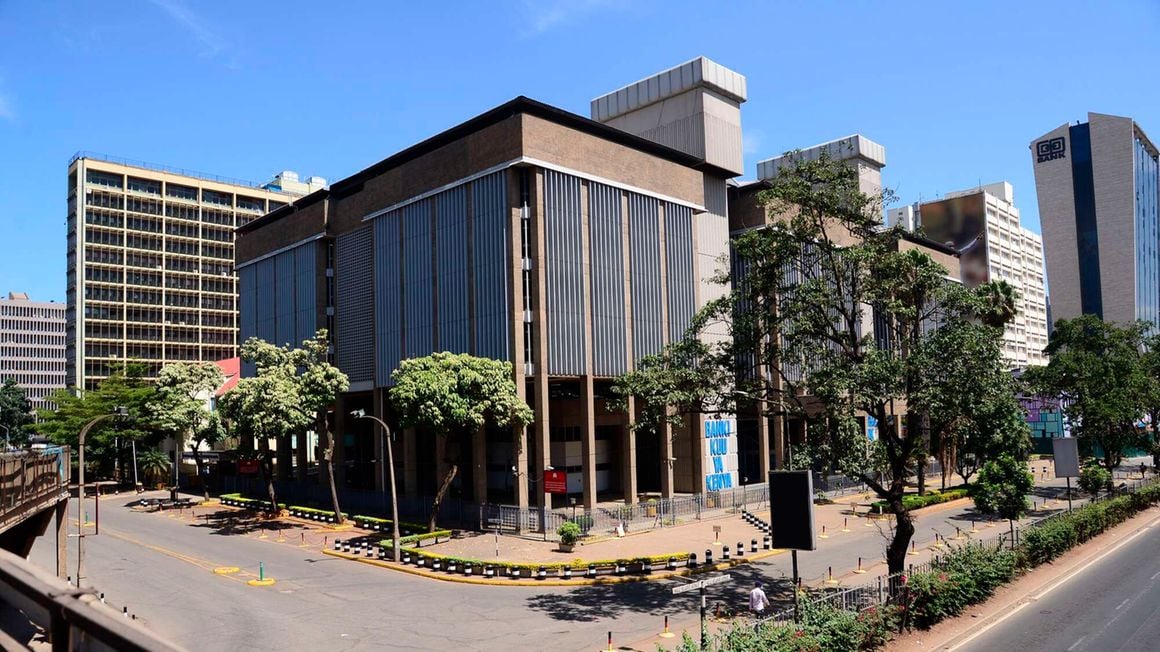
Interest rates across all three Treasury bills have fallen for the first time in over two years, pointing to the beginning of an end to the rise in yields on government securities.
Last week’s Treasury bill auction, for instance, saw the weighted average interest rate of accepted bids fall marginally to 16.7243 percent for the 91-day paper, 16.8738 percent for the 182-day paper and 16.9898 percent for the 364-day paper.
This is from rates of 16.7290 percent, 16.8877 percent and 16.9899 percent in the previous auction, a week earlier.
Investors bid Sh28.4 billion for the three papers, representing a performance rate of 118.65 percent from the Sh24 billion on offer, with the Central Bank of Kenya (CBK) accepting Sh26.1 billion.
The overall drop in Treasury bill rates is largely attributable to a change in investor sentiment following the recent issuance of a new Eurobond, which has served to eliminate the sovereign risk attached to the Sh261.4 billion ($2 billion) notes maturing in June.
At the same time, the indication of improved disbursements from external financing sources is expected to taper the demand for higher interest rates by investors as the government cuts its reliance on the domestic credit market for budget support.
Read: Treasury bill rates rise further as CBK rejects Sh12 billion
At the same time, the Treasury is this month expected to introduce a second supplementary budget covering the financial year ending in June, which may have a lower fiscal deficit target. Consequently, the CBK has been emboldened to pronounce a peak in domestic interest rates on government securities, with the apex bank now expecting the rates to gradually recede.
“We expect rates to have peaked. One of the reasons the rates have been going up to where they are now has been the reliance on domestic financing," CBK Governor Kamau Thugge said last week.
"Going forward we have the money coming in from the World Bank development policy operations (DPO) which will significantly reduce the domestic requirements for funding the budget.”
Lower rates on Treasury bills and bonds are expected to cut government expenditure on domestic debt service costs, contributing in part to the desired fiscal consolidation. Interest rates on government securities have trended up since the CBK ended an accommodative policy stance by raising the benchmark interest rate from 7.0 percent after the pandemic to counter rising inflation from subsequent external shocks, and most recently- to stem the depreciation of the Kenyan shilling.
“We expect the rates to now start coming down just because we will have alternative sources of funding the deficit other than issuing Treasury bills and bonds,” Dr Thugge said.
To anchor the pause in higher interest rates, the CBK has stepped up its rejection of aggressive investor bids on both Treasury bills and bonds while giving guidance on its acceptance rate for longer-dated securities.
For instance, in February, it offered investors a return of 16 percent on a new 10-year paper to entice interest in longer-dated papers whilst containing the growth in returns. Over the last year, the CBK had shunned the issuance of longer-dated securities with a view of preventing the higher interest rates on government securities from sticking around for longer.
The new 10-year paper in February this year was the longest-tenured issuance since the same time in 2023. According to analysts, investors are likely to read the room by easing up on aggressive bidding in recognition of peak interest rates.
“The market is going to price in the fact that interest rates may have peaked. I think the reading is that we may have reached the high of interest rates in the economy,” noted Stacy Makau, a research analyst at the AIB-AXYs Africa stock brokerage.
Other rates such as interbank and lending rates may, however, take time to unwind and edge lower based on a variety of factors.
Read: One year T-bills rise to 16pc as investors seek better returns
The CBK’s retention of the benchmark interest rate at 13 percent, a high of more than 12 years, will keep bank borrowing costs for consumers higher for longer.
Last week, the apex bank held its benchmark lending rate, indicating the current monetary policy stance will anchor overall inflation on the downward trend towards the 5.0 percent mid-point target.
The CBK noted that previous measures to raise the Central Bank Rate (CBR) have lowered inflation and addressed exchange rate pressures.
→ kmuiruri@ke.nationmedia.com

No comments:
Post a Comment